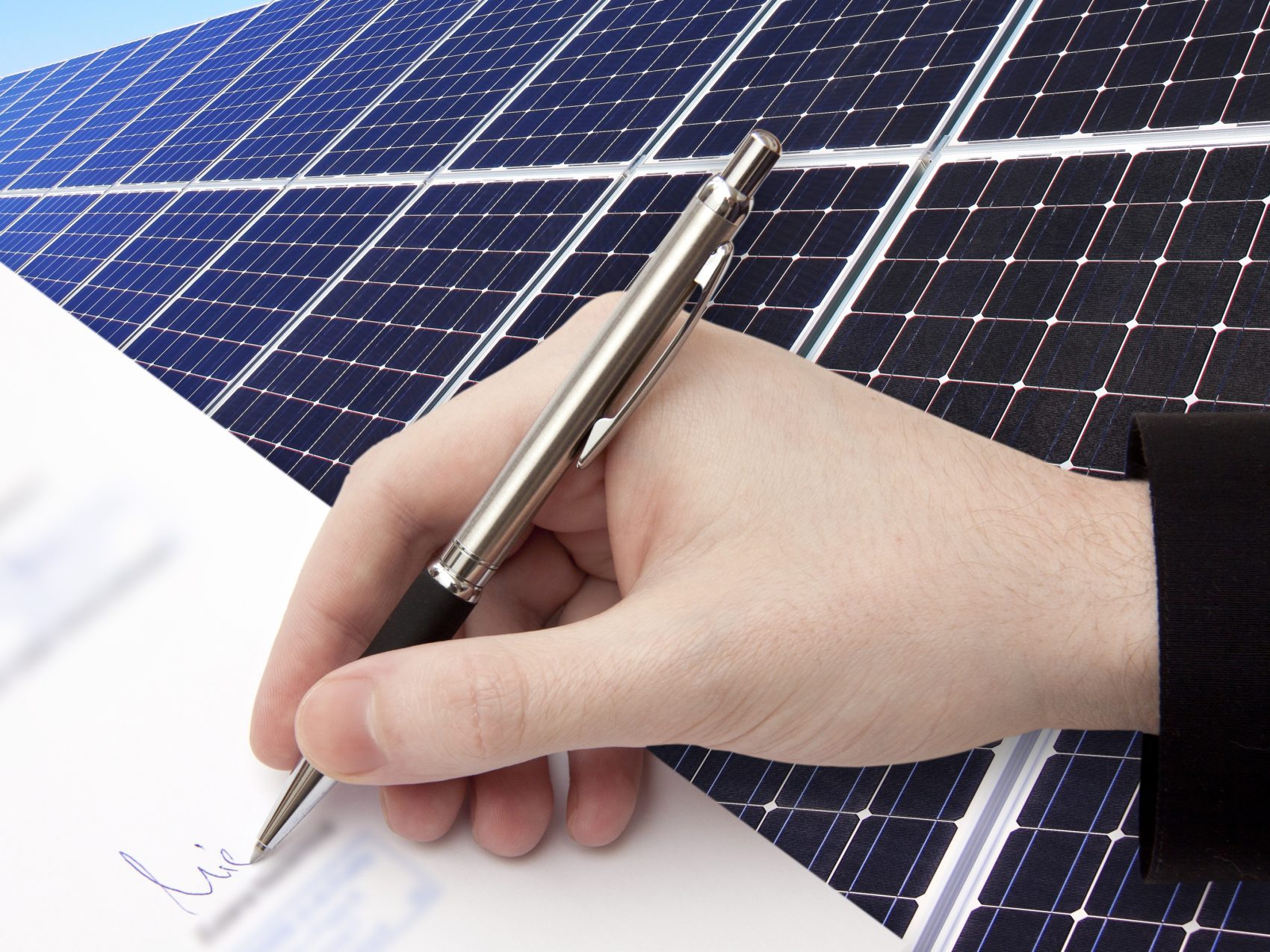We’re wrapping up our series on commercial solar power with the third instalment – financing and maintenance. If you missed the first two parts to this series, catch up now!
Part 1:
Common sizes breaks for commercial-sized solar systems
Commercial solar designs and layouts
Part 3:
Financing and maintenance of a commercial solar system
We will discuss three popular means of financing a commercial solar system – cash, PPA and a loan.
1) Cash/CapEx
In no particular order, the first way to fund a commercial solar system is technically not finance – but still a common way to purchase a system.
The cash price for a commercial solar system will always be the lowest (leading to the shortest possible payback time for your business), as fees and charges involved with finance or leasing increase the overall cost of a system.
However, a potential disadvantage is that larger commercial solar systems represent a significant expenditure, which could potentially be used elsewhere in the business.
2) Power Purchasing Agreement (PPA)
PPA’s are a type of solar leasing arrangement.
The core idea is that a third party retailer installs a commercial system on your property (In that the third party legally owns the system, and is obligated to maintain it), and enters an agreement with your business to sell to you a set amount of electricity over a long-term agreement.
Advantages of this method are that your business electricity costs overall are lower, as the price for electricity under a PPA will be cheaper than what you are currently paying the retailer. Moreover, there is no upfront cost for installing the system.
However, a major disadvantage is that your business will be obligated to buy all of the electricity generated by the system, regardless of whether this energy is self-consumed by your business or sent to the grid for a possible feed-in tariff.
As self-consumed solar energy is far more valuable than solar electricity that is exported to the grid for a feed-in tariff, if you are considering a PPA it is very important to have the system optimally sized for maximum self-consumption, taking non-working times into account.
PPA’s set out the price of solar energy for the duration of the PPA. While a low price for year one is obviously a good start, it’s imperative to read the fine print on how the prices will be adjusted over time.
The best PPA is one that, over its term, increases its prices at a lower rate (or not at all), rather than the one with the lowest starting price and then inflates by 5% p.a. (be wary of compound indexing!)
3) Loan
A business loan will allow you to negotiate pricing with a commercial solar installer as if you were a cash buyer. If the savings from a new commercial solar system are more than what you pay on interest for the loan – you can see why this would be an obvious finance option to avoid taking a big cash-flow hit to your business by using cash/capex to buy a solar system.
Monitoring and maintenance of your commercial solar system
It’s preferable not to invest in a commercial solar system that does not monitor both solar energy generation and electricity consumption. Why? Without combined generation and consumption monitoring, you will not have the information you need to keep your post-solar bills as low as possible.
Another point to consider is tasking someone within your organisation to be responsible for monitoring your system’s weekly generation.
Do your research first! Ensure that a thorough load profile analysis is conducted in order to invest in the most accurately sized system for your businesses’ requirements.
Moreover, don’t be fooled into investing in a simple solar generation monitoring system.
Any good monitoring solution will provide you with the ability to check your gross consumption –meaning you will be able to view, for any particular hour, the ‘before and after’ of solar’ s contribution to your business.
Furthermore, a maintenance schedule is important to adopt. A reputable installer will provide a maintenance schedule to their customer. For larger commercial systems, installers will offer a very comprehensive and tailor-made schedule to either conduct themselves, or for the business to arrange from a third party.
Typically, an installer will offer a check every 6 months for the first 2 years, and would have their own preferred pressure washing company that they can recommend when dirt and other materials start to affect the performance of the system.
Panel cleaning should be undertaken on a case by case basis and not scheduled. The solar panel design and layout should be designed to enable self-cleaning through capitalising on wind and rain fall, but may require manual intervention in high pollution/dust areas.
Be warned - some installers may attempt to not honour a warranty if the maintenance is completed by a third party. This is just a ploy for them to make more money. Always read the fine print of your maintenance contract to avoid this.
On a final note it is important to choose an installer that is likely to remain in business throughout the life span of your solar system which is expected to be in excess of 20 years. Should the installer cease to be in business following the installation you would have little to no recourse in the event of critical failure.
Resources:
1. LEARN more about solar funding models.
2. DOWNLOAD information
- We provide trusted commercial solar solutions.
- Finance your energy project through your electricity savings
3. CHAT to us for more information.
Source: https://www.solarquotes.com.au/commercial-solar-guide.html


